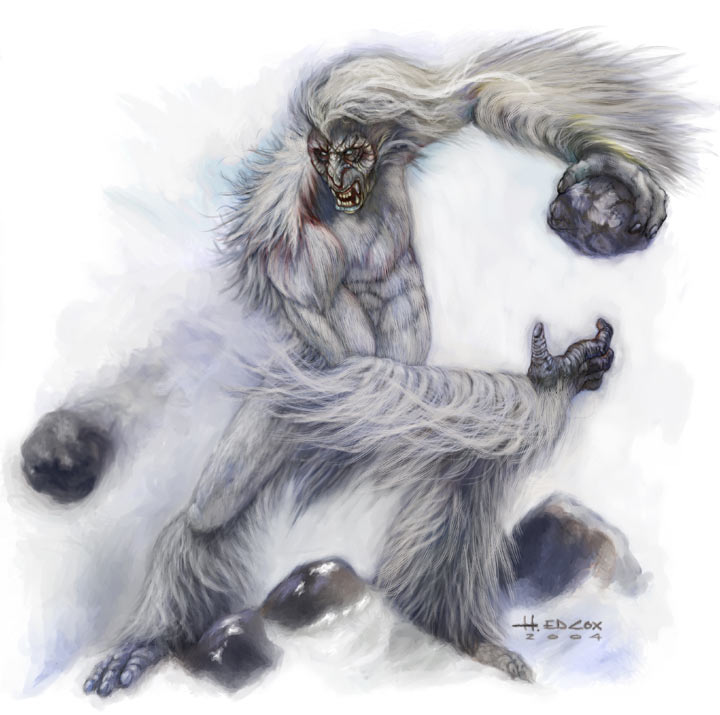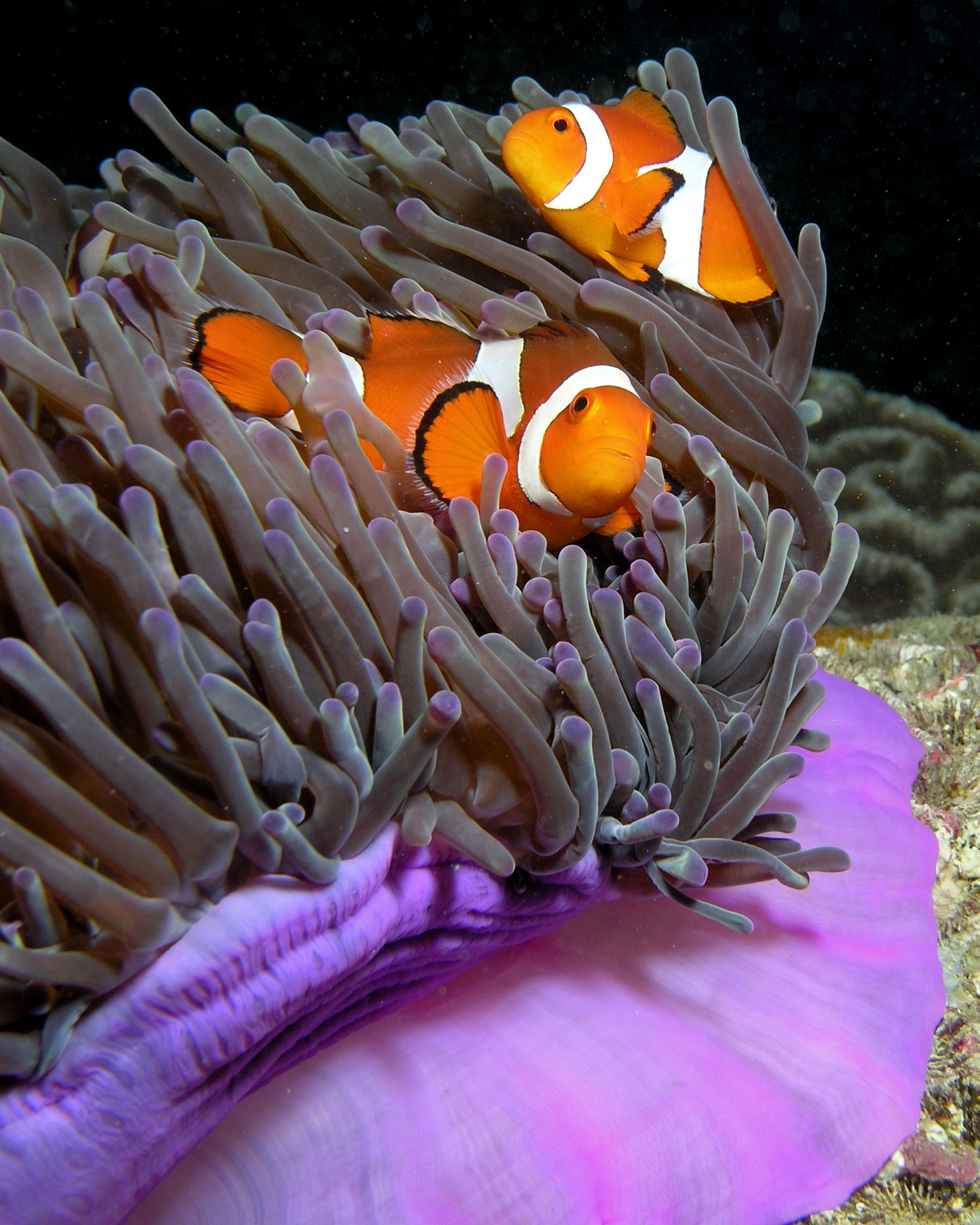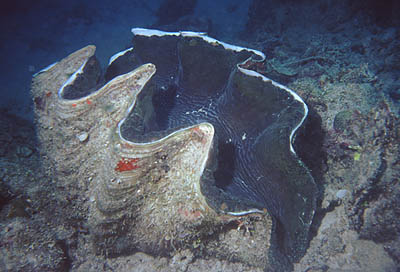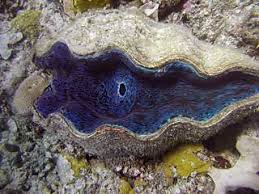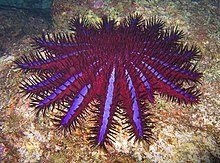Eels seem to have a really bad reputation. Any and all eels suddenly become electrified. They're naturally slimy, not scaly, making them even less appealing than snakes to most people. Eels pretty much snakes of the sea, even though seasnakes are things.
Well, this is an eel that breaks that stereotype into a million little pieces. The ribbon or Bernis eel (Rhinomuraena quaesita) is a colorful creature that can be found in the Indian and Pacific Oceans. It feeds on crustaceans - i.e. crabs, shrimp, and other little armored things. As one can imagine, it has been introduced into the aquarium trade...but more on that later.
This is one impressive-looking eel. The ribbon eel comes in a variety of colors, but by far the most shocking is a bright blue and yellow palette found on some of the males. They also have distinctive nostril flares that look almost like little flowers. Need any more reasons for Asian cultures to think that dragons come from fish?
The ribbon eel is exceptional in another way: It's a sequential, protandric hermaphrodite. A ribbon eel starts as a male, then becomes a female later in life. This is not unusual for fish, but most moray eels do it the opposite way! In fact, most fish prefer to start female. The ribbon eel just keeps getting weirder.
Supposedly, healthy ribbon eels will live up to twenty years in captivity. Very few individuals have been able to keep them for that long. They don't even have a truly functional care sheet on fishchannel.com, meaning that nobody knows enough about these eels to write a thorough guide. From what we could gather, it's a miracle for ribbon eels to live over 5 years in an aquarium. Anyone have an experience to prove us wrong?
This creates a problem. A lot of people really love these eels, but captive breeding is almost unheard of. There is a good chance that overfishing could lead to these creatures becoming endangered. Please be sure to check where such specimens come from so as to preserve the wild little dragons.
Well, this is an eel that breaks that stereotype into a million little pieces. The ribbon or Bernis eel (Rhinomuraena quaesita) is a colorful creature that can be found in the Indian and Pacific Oceans. It feeds on crustaceans - i.e. crabs, shrimp, and other little armored things. As one can imagine, it has been introduced into the aquarium trade...but more on that later.
This is one impressive-looking eel. The ribbon eel comes in a variety of colors, but by far the most shocking is a bright blue and yellow palette found on some of the males. They also have distinctive nostril flares that look almost like little flowers. Need any more reasons for Asian cultures to think that dragons come from fish?
 |
| RAWR! (Actually, it's just breathing.) |
The ribbon eel is exceptional in another way: It's a sequential, protandric hermaphrodite. A ribbon eel starts as a male, then becomes a female later in life. This is not unusual for fish, but most moray eels do it the opposite way! In fact, most fish prefer to start female. The ribbon eel just keeps getting weirder.
Supposedly, healthy ribbon eels will live up to twenty years in captivity. Very few individuals have been able to keep them for that long. They don't even have a truly functional care sheet on fishchannel.com, meaning that nobody knows enough about these eels to write a thorough guide. From what we could gather, it's a miracle for ribbon eels to live over 5 years in an aquarium. Anyone have an experience to prove us wrong?
This creates a problem. A lot of people really love these eels, but captive breeding is almost unheard of. There is a good chance that overfishing could lead to these creatures becoming endangered. Please be sure to check where such specimens come from so as to preserve the wild little dragons.







